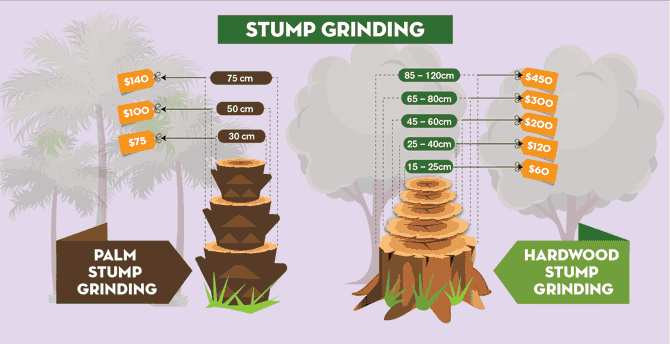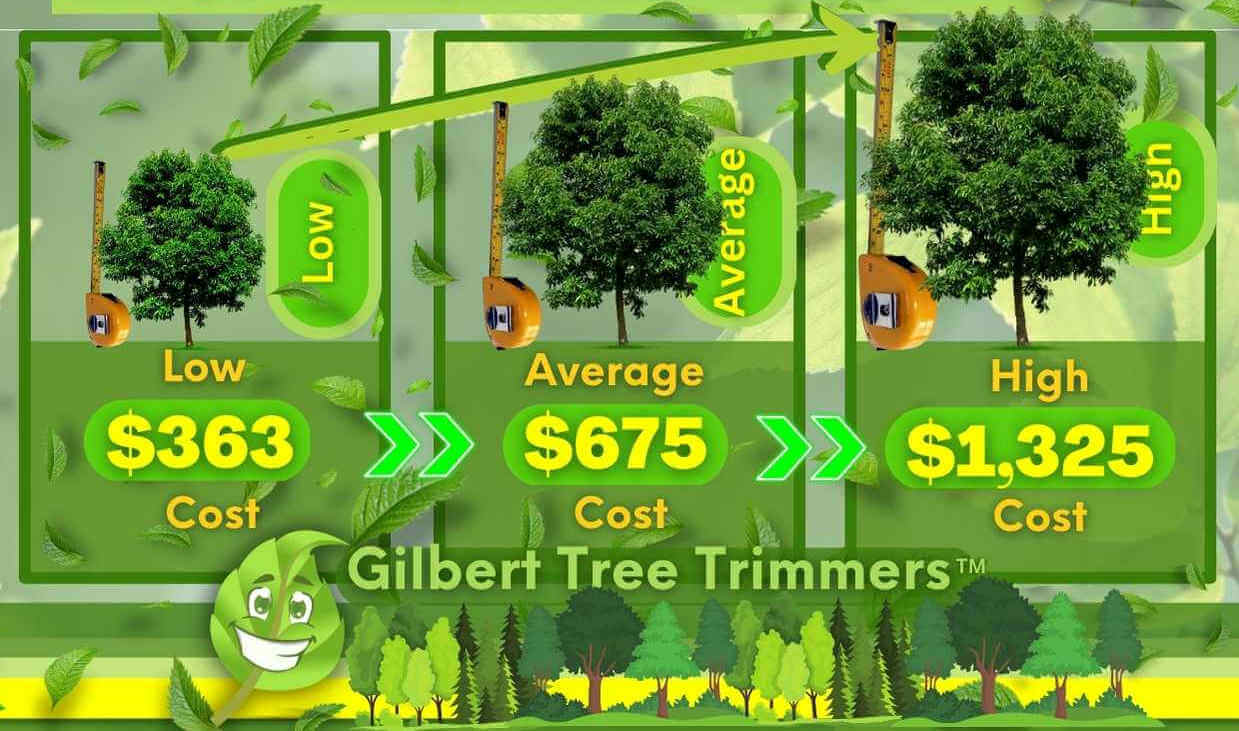Featured
Table of Contents
- – Top-Rated Tree Removal In Mason, MI: Pricing
- – Mason, MI Tree Cutting Reviews And Pricing
- – Mason, MI Tree Trimming Moving Costs
- – Mason, MI Stump Grinding Professionals: Pricing
- – Premium Tree Trimming Costs In Mason, MI
- – Commercial Tree Cutting Costs In Mason, MI
- – Common Tree Service Costs In Mason, MI
- – Mason, MI Stump Removal Warranty Costs: What...
- – Urgent Tree Cutting Costs In Mason, MI
- – Cheapest Time To Hire An Tree Clearing In Ma...
- – Mason, MI Tree Trimming Safety Check Costs
- – Top Arborist Reviews In Mason, MI
- – What You'll Pay For An Tree Clearing In Maso...
- – What Makes Mason, MI Tree Clearing Worth It?
- – Mason, MI Stump Grinding Prices: Complete Gu...

The subsections listed below supply more in-depth details about prices, including a typical range for each. TypeAverage Elimination CostPineConiferPalmMagnoliaArborvitaeAshCedarSweet GumEucalyptusSycamoreCypressOakMaplePoplar You can anticipate to pay in between to get rid of a pine, depending upon its size. Getting rid of a pine is one of the more cost effective jobs unless it is one that has actually been around for many years and is quite big.
Top-Rated Tree Removal In Mason, MI: Pricing
Pines also have a tap root that grows deep into the soil, which can show to be more challenging to eliminate. The procedure itself includes a professional cutting the tree, clearing the base, cutting the surface area roots, eliminating the stump, and lastly treating the soil. Without an expert hand, you run the risk of leaving pine seedlings behind, which will fall from the roots of distressed pines.
Mason, MI Tree Cutting Reviews And Pricing
The U.S. national average for conifer elimination is around to have the conifer reduced, hauled away, and the stump ground or eliminated entirely. Conifers are usually easier to get rid of, and despite the fact that they can grow quite tall, they do not cost a fortune to eliminate. Conifers include pine, spruce, fir, and juniper trees.
Mason, MI Tree Trimming Moving Costs
While conifers are beautiful, they kill native plants and particular types of yard. This is since they need a lot of water and nutrients to survive, so they leach it off surrounding plants. They likewise have an extensive network of roots, which can affect your home's structure. The typical cost of palm elimination depends upon the height as much as the type, varying from.
Mason, MI Stump Grinding Professionals: Pricing
That is why it is crucial to understand which type you are eliminating. While you do not need an herbicide to kill a palm tree, there are some steps your elimination specialist will need to take to make sure the job is done properly. There are two methods they can get rid of them: by chopping them down or digging them up.
Premium Tree Trimming Costs In Mason, MI
This is due to the fact that little animals like rats and scorpions frequently live in them. Plus, lots of types will have spikes, too. From there, they remove the real tree and after that the stump. Expect to pay between to remove this type of tree, depending upon the specific size and details of the job.
Commercial Tree Cutting Costs In Mason, MI
There are 3 types: green, white, and black ash. White ash is understood for its numerous colors. With its gray-tinged bark, its leaves are green or purple in the spring and golden yellow or purplish-red in the fall. They enjoy moderate environments and great deals of sun. The green ash is named such due to its green or yellow foliage.
Common Tree Service Costs In Mason, MI

The bark is softer, and it blooms later in the year - arborist. Due to the variation in height, the removal cost variation is wide from. A coniferous, evergreen tree, the cedar is a durable types. True cedars take pleasure in higher altitudes, mainly in the Mountain ranges and the Mediterranean. A real cedar can grow as high as 160 feet in height and is typically planted in the United States as a landscape alternative.
Mason, MI Stump Removal Warranty Costs: What's Included
The development of false cedars differs from 50 feet up to 230 feet high. Homeowners may pay anywhere from, depending upon the roots. With star-shaped leaves and stunning fall colors, the sweet gum is considered a medium to big tree. Enjoying complete sun, the sweet gum can not tolerate contamination.
Urgent Tree Cutting Costs In Mason, MI
It has a huge root base of 40 to 50 feet, which impacts the removal cost. Normally, it costs between to get rid of a eucalyptus. Eucalyptus are not typical all over, but they are rather large compared to others, which is why even the smaller sized ones are so pricey to remove. Originally from Australia, eucalyptus are intrusive plants that grow in thick groves that take out native plants.
Cheapest Time To Hire An Tree Clearing In Mason, MI
There are a handful of methods to do this, including burning, pulling, grinding, or eliminating them with herbicide. Anticipate to pay between to get rid of sycamores, based upon the height, trunk size, and quantity of work involved. Sycamores are one of the largest wood trees, generally varying from 60 to 100 feet tall and as wide as 15 feet.
Mason, MI Tree Trimming Safety Check Costs
The first 2 steps will expose the within the tree and cut off the flow of nutrients up the trunk. From there, a professional uses herbicide to kill the tree and cuts down the trunk. Then, they will eliminate the stump. Otherwise, new sprouts might grow from it. Reducing and getting rid of a full-grown cypress could cost as much as.
Top Arborist Reviews In Mason, MI
There are various types of Cypress trees, however the most widespread are the Leyland, Arizona, Bald, and Italian. The Bald Cypress grows in swampy or extremely moist areas while the others take pleasure in a dry, warm, or hot environment (tree cutting). They can grow as high as 80 to 100 feet tall
What You'll Pay For An Tree Clearing In Mason, MI

Prone to diseases, the Cypress is among the most treasured woods for furniture. The typical oak grows to around 60 feet, and depending upon the intricacy of the removal, it costs an average of to eliminate. The exact size of your oak and the effort required to fell it impact what you will actually pay for elimination along with any additional services like stump grinding.
What Makes Mason, MI Tree Clearing Worth It?
Access to the trees and the roots will likewise affect the total expense. Maples are normally amongst the more expensive trees to get rid of since of their size and the work included in the elimination.
Mason, MI Stump Grinding Prices: Complete Guide
Growing as high as 90 to 115 feet, these enormous timbers are primarily found in North America and consist of the aspen, cottonwood, and balsam trees. The procedure to eliminate trees includes all the cutting and cutting of the branches and trunk, bringing it down to a stump.
Table of Contents
- – Top-Rated Tree Removal In Mason, MI: Pricing
- – Mason, MI Tree Cutting Reviews And Pricing
- – Mason, MI Tree Trimming Moving Costs
- – Mason, MI Stump Grinding Professionals: Pricing
- – Premium Tree Trimming Costs In Mason, MI
- – Commercial Tree Cutting Costs In Mason, MI
- – Common Tree Service Costs In Mason, MI
- – Mason, MI Stump Removal Warranty Costs: What...
- – Urgent Tree Cutting Costs In Mason, MI
- – Cheapest Time To Hire An Tree Clearing In Ma...
- – Mason, MI Tree Trimming Safety Check Costs
- – Top Arborist Reviews In Mason, MI
- – What You'll Pay For An Tree Clearing In Maso...
- – What Makes Mason, MI Tree Clearing Worth It?
- – Mason, MI Stump Grinding Prices: Complete Gu...
Latest Posts
Pharr, TX Stump Grinding No Hidden Fees
Pebble Creek, FL Tree Service: Questions To Ask
Gulf Breeze, FL Stump Grinding Cost Guide: What You Need To Know
More
Latest Posts
Pharr, TX Stump Grinding No Hidden Fees
Pebble Creek, FL Tree Service: Questions To Ask
Gulf Breeze, FL Stump Grinding Cost Guide: What You Need To Know